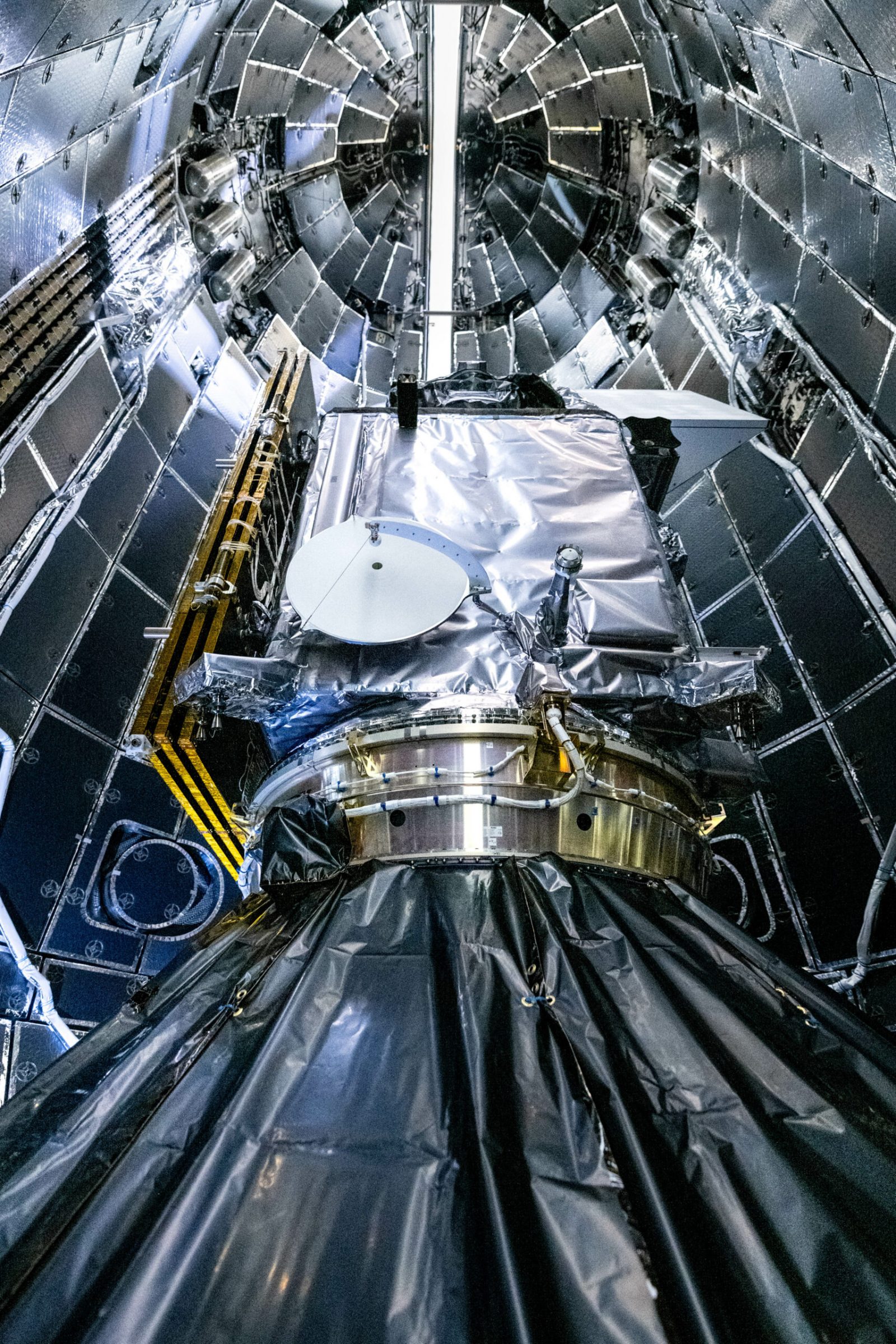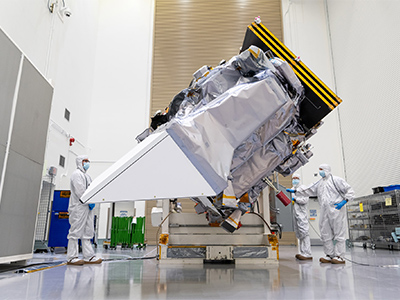
For more than 20 years, NASA has led the way in satellite observations of the ocean and atmosphere, and the launch of the agency’s Plankton, Aerosol, Cloud, and ocean Ecosystem (PACE) mission will continue that legacy. The PACE satellite is slated to lift off from NASA’s Kennedy Space Center in Florida on February 6. The launch of this mission will expand humanity’s understanding of ocean health, air quality, and climate and the interactions between the ocean, clouds, and the atmosphere.
Redwire is proud to have supplied coarse sun sensor (CSS) hardware for the PACE satellite. The PACE spacecraft must maintain precise alignment with Earth’s surface to collect data, and the 13 CSS detectors Redwire delivered to NASA’s Goddard Space Flight Center in Maryland in September 2020, together with the spacecraft’s star tracker, will help keep the satellite on course. Additionally, the CSS hardware gives the PACE satellite failsafe recovery capabilities.
“The Coarse Sun Sensors will be used to provide sun position information as a key part of the PACE attitude control system,” said Redwire Principal Engineer, Mike Kagan.

The PACE mission will measure ocean color and the properties of clouds and tiny atmospheric particles called aerosols. Ocean color data helps reveal the distribution of phytoplankton in Earth’s ocean, and with the ability to detect a wider range of colors, the PACE satellite can yield insights into changes in fisheries and the emergence of harmful algal blooms, both of which affect commercial and recreational activities. In addition, detailed cloud and aerosol data from PACE can be useful for weather forecasts, climate projections, and understanding of ocean atmosphere interactions.
The PACE mission is the latest of a string of high-profile space missions that Redwire’s sun sensors have helped make possible. These include NASA’s Psyche mission to investigate a metallic asteroid between Mars and Jupiter, the Parker Solar Probe, which flew closer to the Sun than any previous spacecraft, and the New Horizons mission, which gave humanity unprecedented views of Pluto, just to name a few.
Learn more about Redwire’s sun sensors on the Psyche mission here.




